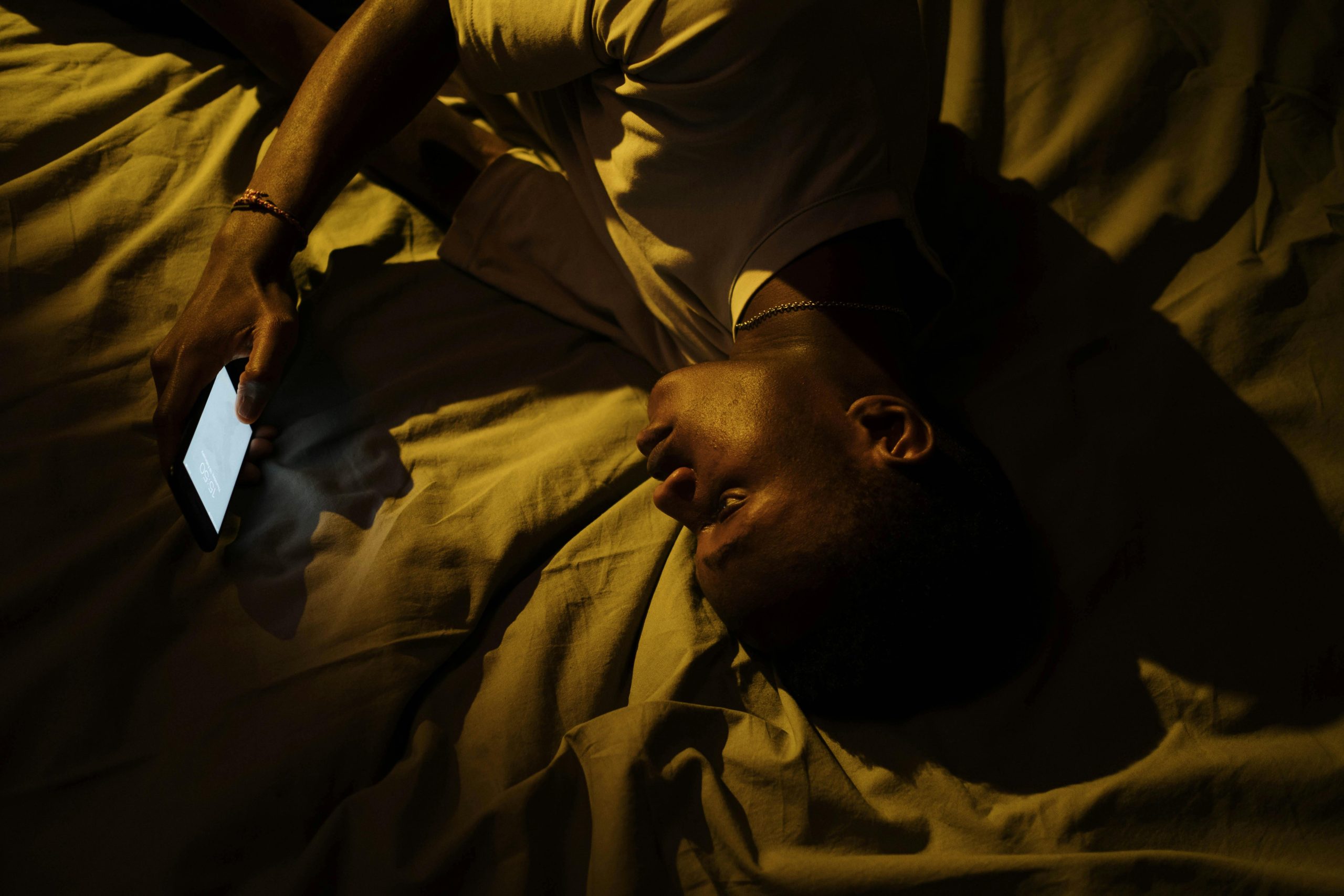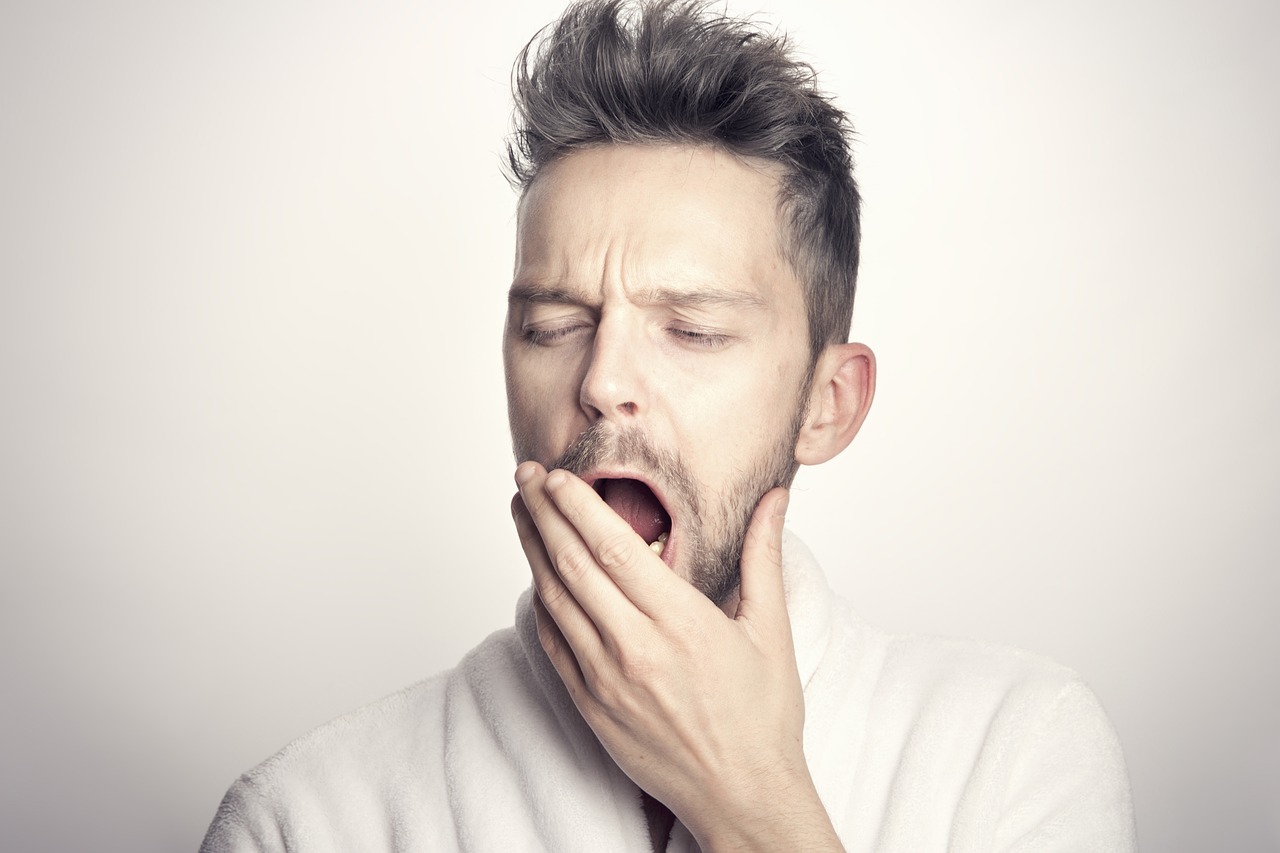Have you ever felt yourself dozing on the couch, but by the time you get into bed you’re suddenly wide awake? Or maybe you’re waking up at the exact same time in the middle of the night. Your mind and body are exhausted but despite everything you’ve tried, you just can’t get back to sleep. This may be due to conditioned insomnia.
What is Conditioned Insomnia?
There are many factors that can disrupt sleep. They could be lifestyle factors such as caffeine or alcohol intake, timing of meals or exercise, or the timing of screen time. They also can be events such as periods of stress, frequent travel, physical illnesses or injuries, or shift work. These can all trigger periods of sleeplessness, which can turn into episodes of insomnia. If the sleeplessness lasts for a while, it can lead to frustration or anxiety about not sleeping and the potential consequences of this for the next day. It can also lead to watching TV or scrolling on your phone in bed to try and distract your mind, or trying to sleep earlier to maximise your sleep. Unfortunately in most cases, these perpetuate the sleep disturbance. When you consistently spend time in bed awake, alert and frustrated or doing other activities, your body loses the association of the bed with sleep. This is called conditioning or conditioned insomnia and if untreated, can lead to chronic insomnia.
Combatting Conditioned Insomnia
The best way to repair the relationship between bed and sleep is to try and avoid being in bed for long periods of time without sleeping. This is called Stimulus Control Therapy and the principles of this therapy are listed below.1,2
- Limit your time in bed for only sleep and intimacy
Avoid watching TV, reading, eating, working, or using your phone in bed to prevent formation of alternate associations with the bed. - Get up at the same time every day, regardless of how well you slept
It can be tempting to sleep in if you had a poor night’s sleep, but by waking up at the same time every day, you use that lack of sleep to improve your chance of getting to sleep faster over the next few nights. - Go to bed when you’re feeling sleepy
While it seems intuitive to sleep early when you’re tired, it can actually make it harder to get to sleep. It’s better to wait till you’re feeling sleepy, and initially push your bedtime later into the night - Avoid daytime naps
When you are battling sleep disturbances at night, it’s best to keep all your sleep pressure for night time sleep. This sleep pressure (the body’s drive to fall asleep) is reduced with naps. If you are making these changes at night and are particularly sleepy in the day, aim for a short nap of 10-20 minutes, preferably before 3pm to have as little impact on sleep pressure as possible. - If you’re not asleep within 15 minutes then leave the room until you are feeling sleepy
This is one of the hardest strategies to implement but can be one of the most beneficial. It applies when first going to sleep and for any awakenings overnight when it takes more than 15 minutes to go back to sleep. Leaving the bed, and ideally the bedroom, reduces the time you lie in bed awake. You can pass this time with a relaxing activity such as reading or listening to music. When you feel sleepy again, you go back to bed and attempt to fall asleep again. It may take several tries before you can fall asleep within 15 minutes but with perseverance, you should see improvements in sleep onset and duration.
Putting the principles of Stimulus Control Therapy in place is challenging but is one big step towards getting a better night’s sleep. It may be a slow process but it has been studied to give long lasting benefits towards sleep duration and quality.
Please note, there are some groups in which Stimulus Control Therapy should not be trialled without the supervision of a professional trained in insomnia management. Stimulus Control Therapy does result in an initial reduction of sleep duration which can be harmful in a number of circumstances.
If you are spending less than six hours asleep, are pregnant, have a seizure disorder (eg epilepsy), have a mental health condition, are a commercial driver, cannot avoid driving based on your daytime sleepiness, or work in a high risk occupation where daytime sleepiness can result in harm to yourself or others, please see a professional before attempting Stimulus Control Therapy. If you have attempted these strategies, and have not seen improvements within 2-3 weeks, please consult a professional for further management of your insomnia, and please never drive when you feel sleepy.
References:
- Sweetman A, Zwar NA, Grivell N, Lovato N, Lack L. A step-by-step model for a brief behavioural treatment for insomnia in Australian general practice. Australian Journal of General Practice. 2021 May 1;50(5):287–93.
- Australasian Sleep Association. Stimulus Control Therapy. Sleep Primary Care Resources. Accessed August 4, 2025. https://www.sleepprimarycareresources.org.au/insomnia/bbti/insomnia-stimulus-control-therapy.


